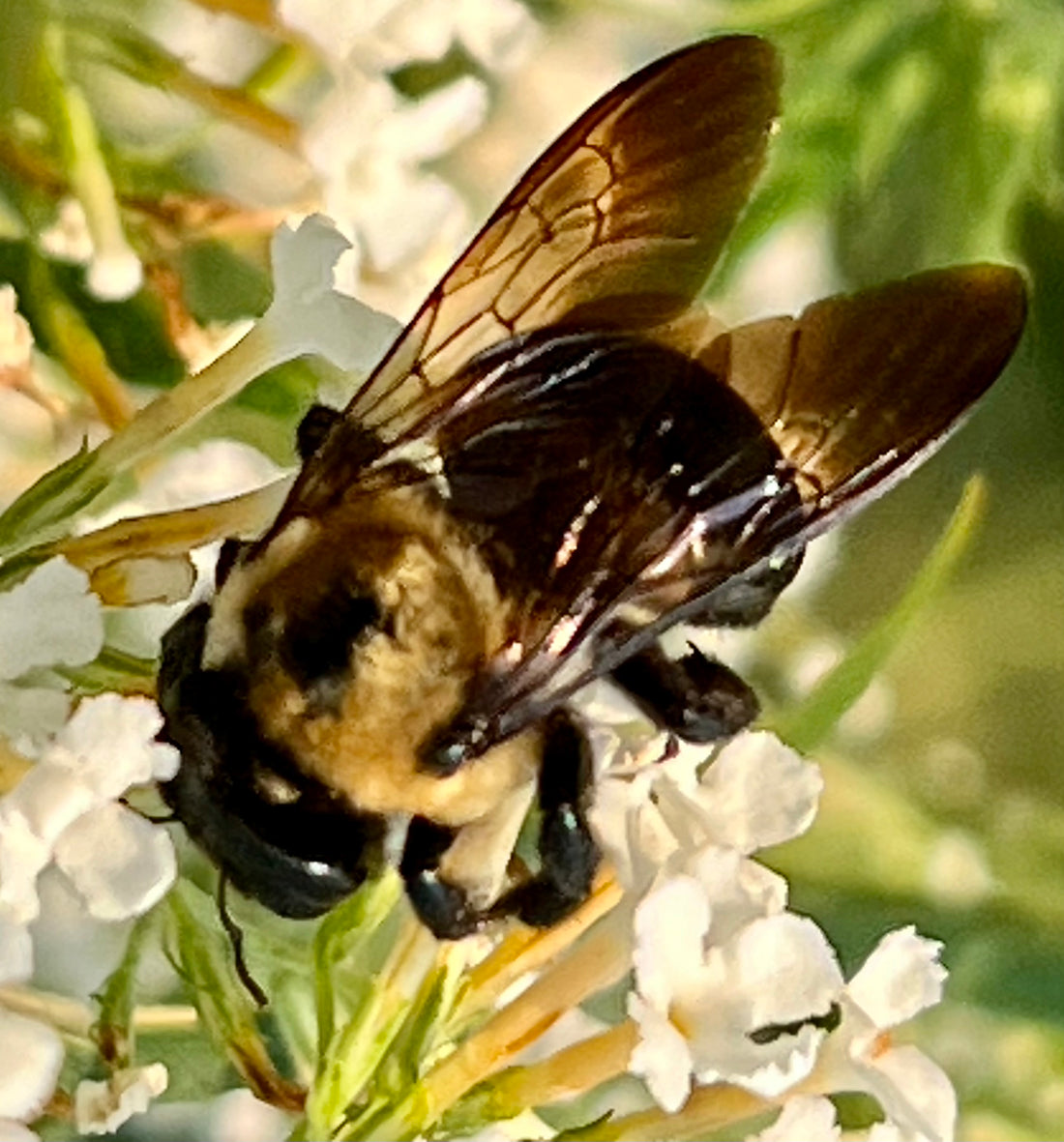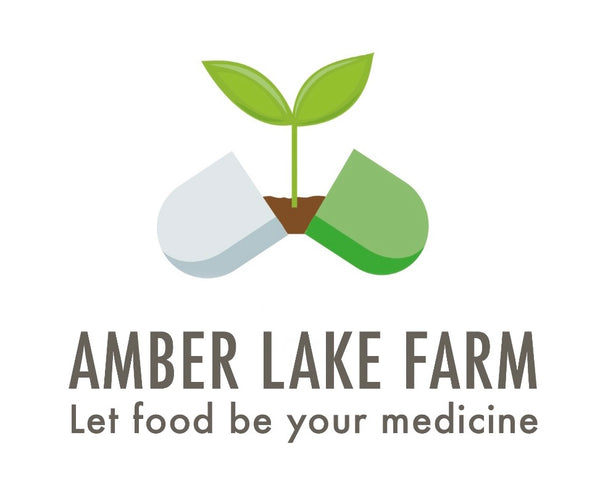As our society becomes increasingly aware of the environmental impacts of industrial agriculture, alternative farming practices have gained significant attention. Biodynamic farming and regenerative farming are two approaches that have emerged as sustainable alternatives, focusing on the restoration and preservation of the natural ecosystem. While both share similar goals, they differ in philosophy, principles, and practices. In this blog post, we will delve into the unique characteristics of biodynamic farming and regenerative farming, highlighting the key differences between the two.
Biodynamic farming originated in the 1920s as a holistic approach to agriculture, pioneered by Rudolf Steiner. It views the farm as a self-sustaining organism, emphasizing the interconnectedness of soil, plants, animals, and celestial rhythms. The central philosophy of biodynamics is based on the concept of the farm as a closed system, striving to achieve a harmonious balance between all its elements.
Principles and Practices:
1. Cosmic Influences: Biodynamic farming incorporates lunar and astrological cycles into its practices, such as planting, harvesting, and soil preparation, believing that these cosmic influences can enhance plant growth and vitality.
2. Biodiversity: Biodynamic farms prioritize biodiversity by incorporating companion planting, crop rotation, and the creation of on-farm habitats to support a diverse range of organisms.
3. Soil Fertility: Biodynamics emphasizes the importance of building healthy soil through the use of compost, cover cropping, and biodynamic preparations, such as herbal and mineral preparations used to enhance soil fertility and vitality.
4. Closed System: Biodynamic farms aim to be self-sufficient by producing their own inputs and minimizing external inputs like synthetic fertilizers and pesticides.
Regenerative farming, on the other hand, is a broader concept that encompasses various farming systems aiming to restore and regenerate the health of ecosystems. It focuses on improving soil health, enhancing biodiversity, and mitigating climate change by sequestering carbon dioxide from the atmosphere.
Principles and Practices:
1. Soil Health: Regenerative farming places a strong emphasis on soil health, employing practices like cover cropping, minimal tillage, and the use of compost and organic matter to improve soil structure and fertility.
2. Carbon Sequestration: One of the key goals of regenerative farming is to sequester carbon dioxide from the atmosphere and store it in the soil through practices like agroforestry, rotational grazing, and conservation agriculture.
3. Water Management: Regenerative farms implement strategies to improve water retention in the soil, such as the use of contour plowing, mulching, and the restoration of wetlands and waterways.
4. Integration and Diversity: Regenerative farming promotes diversity by integrating crops and livestock, utilizing polyculture systems, and creating diverse habitats to support beneficial insects and wildlife.
Key Differences:
1. Philosophical Approach: Biodynamic farming incorporates spiritual and mystical aspects, while regenerative farming focuses more on ecological restoration and resilience.
2. Cosmic Influences: Biodynamic farming integrates lunar and astrological influences, which is not a central aspect of regenerative farming.
3. Certification: Biodynamic farms can be certified by specific biodynamic organizations, whereas regenerative farming lacks a standardized certification system, making it more difficult to define and quantify.
4. Holistic vs. Focused Approach: Biodynamic farming aims to create a closed-loop system on the farm, while regenerative farming focuses on improving specific ecological indicators and promoting long-term sustainability.

